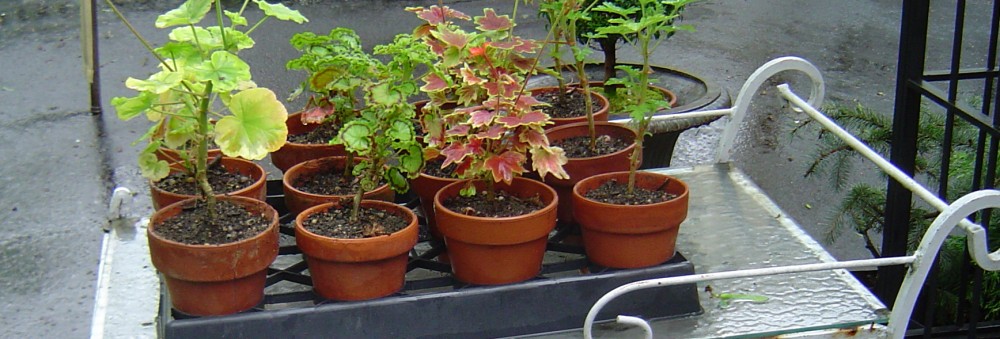It’s the final stretch – Open Day is this Saturday! All the last minute frenzy is happening. Fussing and faffing, mowing and moving, planting and panting. Since the weather forecast has a chance of rain for Wednesday through Friday ( fingers crossed for Saturday), the deadline to get ready is really sunset today. Madness!
I know it’ll all get done but there’s always that final push and panic. The adrenaline is high and truthfully, I’m super excited to welcome the visitors so we can gossip and commiserate on all things garden. I hope you are planning on dropping by?
If the race to get the chores for May haven’t been addressed as yet, here is the list –
- Weed regularly if you want to keep the thugs in check.
- Put stakes in place so as plants grow it’ll be easy to secure them.
- Deadhead spent blooms for a neat look. Some plants will reward you with a second wave of blooms. Of course, if you want to collect seeds, do not deadhead.
- Water as necessary. Add a splash of compost tea to fertilize – about every 3 weeks.
- Plant in summer vegetables, summer bulbs and tubers and, annuals.
- Keep bird baths filled with clean water. Use mosquito ‘dunks’ to prevent mosquitoes from breeding. The same goes for fountains.
- Start mowing lawns but do the right thing by keeping the mower blade high at about four inches. Leave clippings in place to replenish the soil.
- Make sure all beds, shrubs and trees are mulched to retain moisture and keep weeds from proliferating.
- To take care of weeds in areas that are paved or bricked, pour boiling hot water over them. The weeds will be killed and no chemicals were used!
- Stay vigilant for pests or disease. The earlier you catch a problem, the easier it is to treat them. Always employ organic methods.
- Stir the compost heap regularly. Keep adding in kitchen and garden waste.
- Take time every day to simply enjoy the garden.
- Visit other gardens through the Garden Conservancy’s Open Days Program. You will be vastly instructed and inspired. Www.gardenconservancy.org/opendays
Get cracking!
In the garden right now – tulips are having their moment!
















(c) 2024 Shobha Vanchiswar
[do_widget “Blog Subscriptions (Jetpack)”]















































































































































































